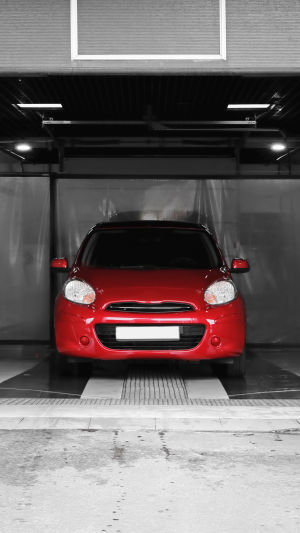Parking a car can sometimes be a challenging task, especially when it comes to maneuvering into tight spaces or parallel parking.
However, with a few helpful tips and practice, anyone can become a skilled car parker.
1. Choose the Right Spot
Before starting to park, it's crucial to find the right spot. Look for a space that offers enough room for your car, taking into consideration ease of entry and exit.
2. Use Your Mirrors
Your car's mirrors are valuable tools when it comes to parking. Utilize your side and rearview mirrors to assess your surroundings and monitor the positions of neighboring vehicles.
3. Adjustable Seats and Mirrors
Ensure that your seat and mirrors are adjusted properly before attempting to park. Proper seat positioning allows for better visibility and control over the steering wheel, while correctly adjusted mirrors greatly improve your field of view.
4. Approach at the Right Angle
When parking in a perpendicular space, it's essential to approach the spot at the correct angle. Start by aligning your car with the vehicle parked in front, and then gradually begin turning the steering wheel as you near the parking spot.
5. Practice Depth Perception
To improve your depth perception, practice by aligning your car with the parking space and gradually moving backward or forward while trying to maintain an equal distance from the sides. With practice, you will develop a better sense of your car's dimensions and be able to park more accurately.
6. Utilize Parking Guidelines
Many parking lots have lines and markings that assist with parking. Utilize these guidelines to position your car accurately. Pay attention to the lines on the ground, and try to center your car within the marked space evenly. These guidelines provide visual cues and make it easier to park properly.
7. Parallel Parking Techniques
Parallel parking can be intimidating for many drivers, but with practice, it becomes more natural.
Start by positioning your car alongside the parked vehicle in front of the space you intend to park in. Align your car with theirs, and then start turning the steering wheel sharply towards the curb. Continue to reverse slowly until your car is parallel with the curb, and then straighten the steering wheel. Adjust your position, if necessary, to ensure you leave enough room in front and behind your vehicle.
8. Use Technology and Assistance
Modern cars often come equipped with parking sensors or rear-view cameras that assist in parking. Utilize these tools to your advantage.
However, always remember to rely on your judgment and not solely on technology. These features can enhance your parking skills but should not replace your observation and decision-making abilities.





